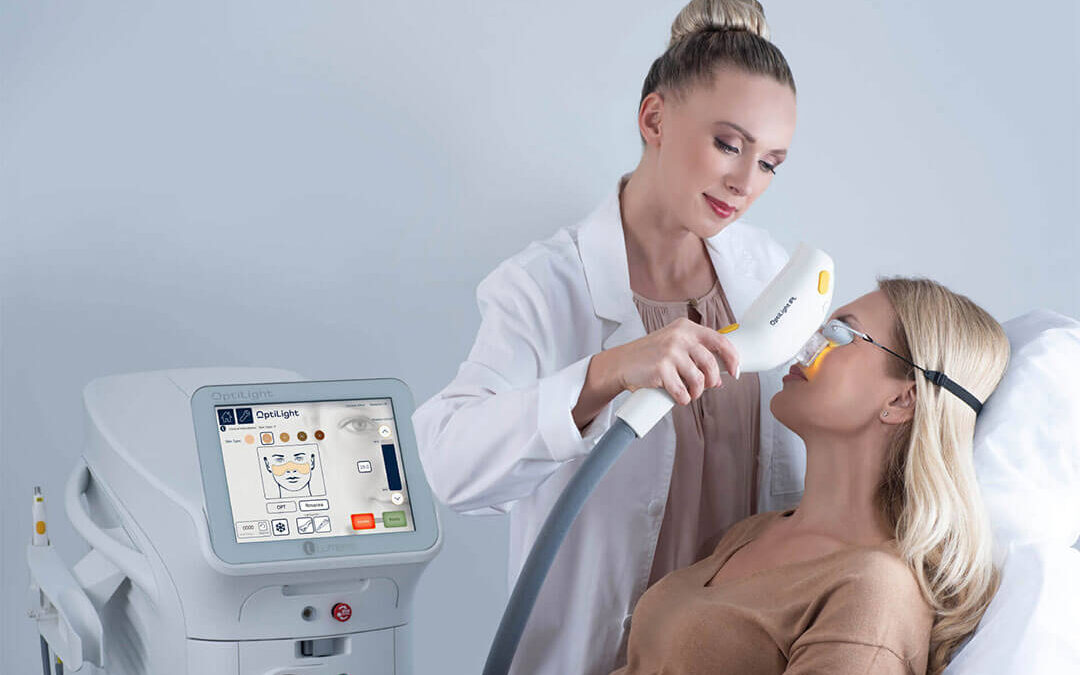
by bakersfieldeye | Sep 6, 2023 | Eye Health
OptiLight by Lumenis OptiLight by Lumenis Dry eye disease is becoming increasingly common, affecting millions of people worldwide. This chronic condition can significantly impact your life, sometimes making even the smallest of tasks seem difficult. If you have eye...


